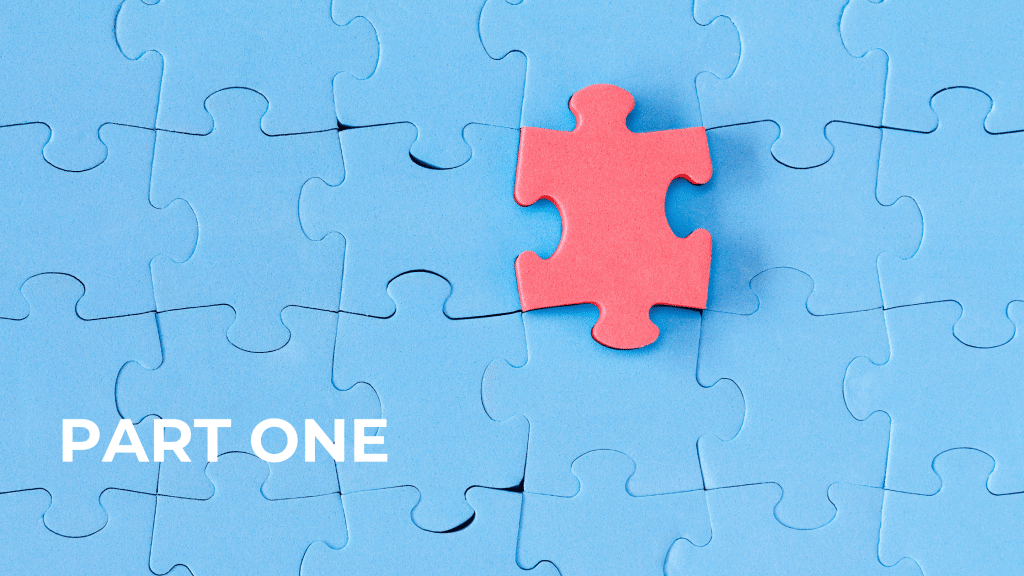In 2017, I stood in a room with a group of other executives. I was stepping backwards and forwards in response to a list of questions.
The questions explored different forms of oppression and privilege related to racism, classism, sexism, genderism, heterosexism, militarism, ageism, adultism, ableism, and xenophobia.
That experience of exposing points of vulnerability and power with colleagues spotlit the nuances in our individual backgrounds. It was an eye-opener about the unknowns that can affect people’s sense of safety and ability to participate fully at work and in society.
Some in the room assumed they were oppressed and were surprised to discover the extent of their privilege compared to people they thought were like them. Others experienced it in reverse.

That Working Across Difference course reinforced how working with the unfamiliar and shades of grey can play out for different people.
If you read Why Our Tendency To Fill The Gaps Can Cause Us To Ignore Important Anomalies you’ll know we have a tendency to resolve anomalies when there is ambiguity.
We make judgements and decisions and express opinions daily that affect people, and it’s often unclear if and how those people are different from us.
They may be a different gender, skin colour or sexual orientation, have different cultural practices and beliefs, have a different first language, practice a different religion, have had different educational opportunities, have positive or adverse childhood experiences or have grown up in an environment with access to more or less money.
Sometimes, the differences are obvious, but typically, there is much we don’t know! Yet, our decisions and opinions are often underpinned by assumptions that fill in the gaps about what we don’t know.
Remember that pesky need for closure?
Making assumptions based on stereotypes is a classic example of how we fill in the gaps. Unfortunately, it can get in the way of organisations realising the benefit of diversity, equity and inclusion efforts.

Gordon Allport, who wrote the seminal book The Nature of Prejudice, explains how prejudice is linked to low tolerance of ambiguity, a tendency to latch onto the familiar and definite and an inability to see all relevant sides.
Allport conducted a study where he flashed pictures of a black man and a white man engaged in an argument before participants. The white man was holding a razor. When participants were later asked who had been holding the razor, half incorrectly remembered it being held by the black man. The study found those participants used stereotypes to resolve what they saw as an anomaly.
Research tells us we all stereotype to varying extents, and our ability to notice how stereotypes affect our decisions is related to our tolerance of ambiguity.
The good news is that tolerance of ambiguity is not fixed – it can be built. People with a clear tolerance have the skills to identify when a tendency towards closure and stereotype leads them towards prejudice and exclusion.
However, prejudice isn’t only about bigotry; it goes the other way, too. It’s why we see leaders choosing to sponsor people that remind them of themselves.
Organisations are like healthy ecosystems that need more than one type of plant or animal to thrive.
To achieve your own healthy ecosystem, focus on helping people build their tolerance of ambiguity by encouraging the development of what I call the ‘ambiguity skills superpowers’ and exposing people to a varied and balanced ‘ecosystem’ of thoughts, backgrounds, and perspectives.

Jamie Holmes, the author of Nonsense: The Power of Not Knowing, says, “While none of us can escape our limited mental maps of the world, we can sample from other cultures and subcultures and discover new ways of looking at things. We can, in a sense, begin to triangulate the truth“.
Next time you feel you’re right:
- Pause
- Stay open-minded and avoid the rush to closure
- Seek out the contradictions and
- Cultivate the tensions between different perspectives to deepen your thinking
It can be frustrating, but creativity and innovation are more likely when you sit with that tension and avoid the rush to closure.
P.S. If you’re eager to shape your 2024 L&D strategy, please reach out and let’s start a conversation about how I can tailor my topics to inspire your team and help your organisation reach new heights.
If you’re planning an event and need a keynote speaker, interviewer, or facilitator, I’d be delighted to chat about how I can help elevate your event and create a transformative experience for your audience.






